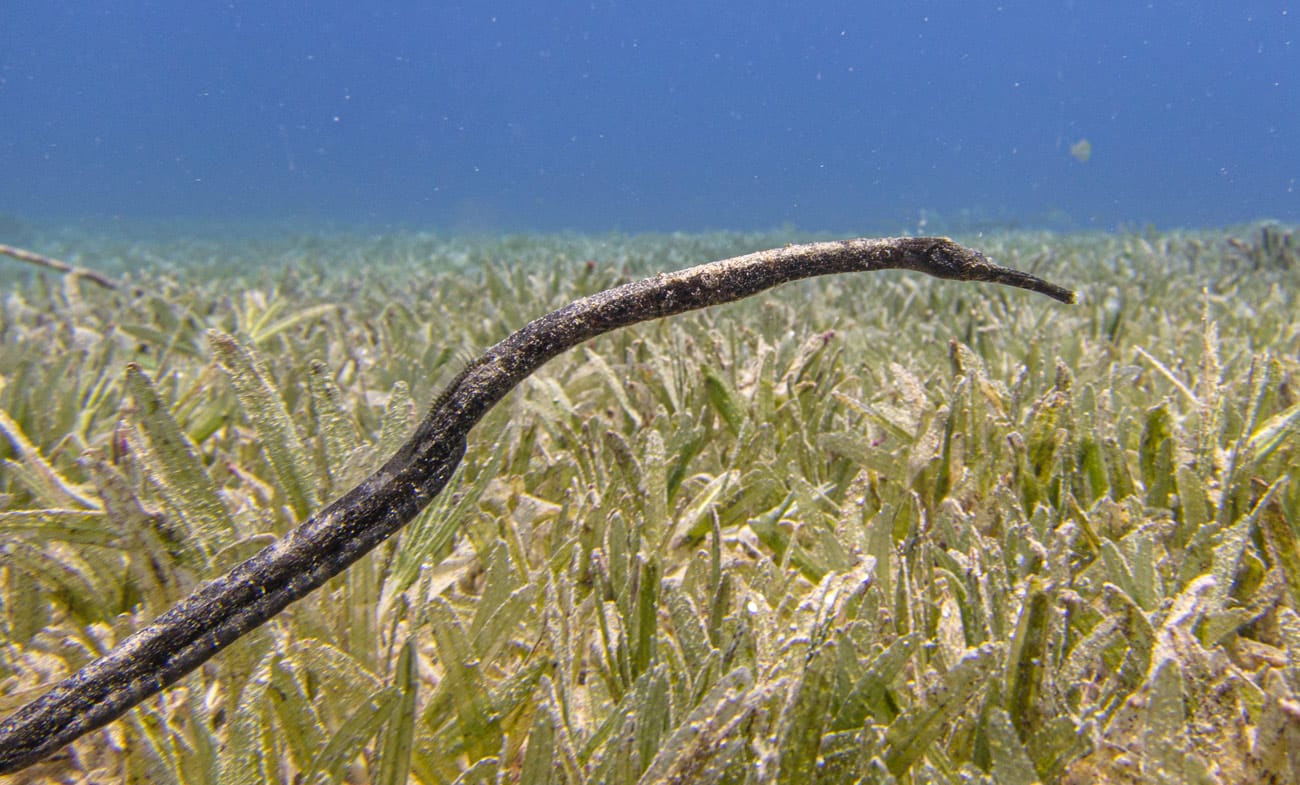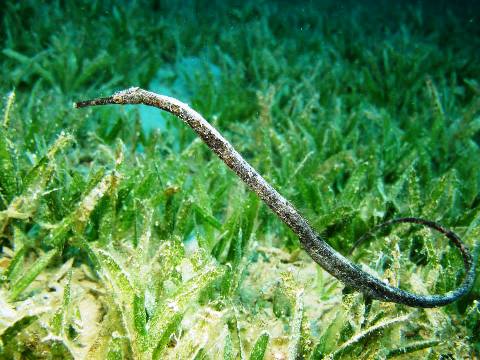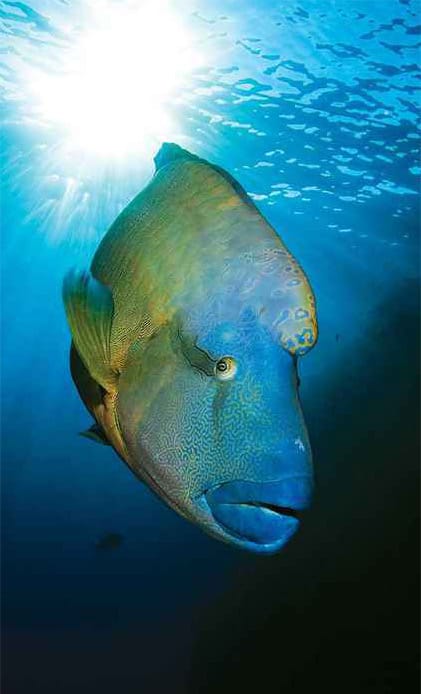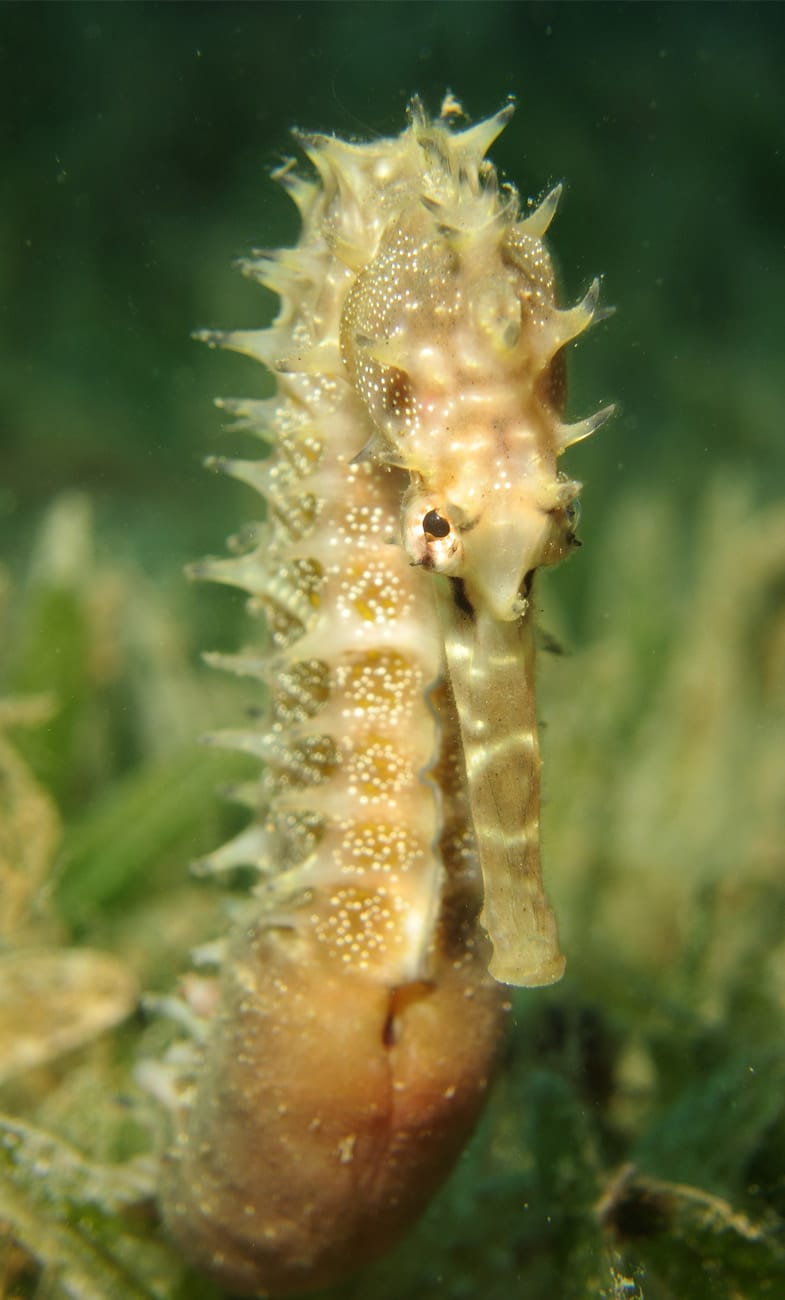
H2O CREATURES: DOUBLE-ENDED PIPEFISH
People often mistake these fish for a Seahorse – which they can’t be blamed for – they do belong to the same family and they have similar characteristics. They are long and thin… just like a pipe funnily enough.
They do have a dorsal fin but unlike the Seahorse, they do not have pectoral fin. They have gill openings which are small and located by the head. Like Seahorses the don’t swim too well – as you can imagine. They are slow and fin of in short bursts and then they have to rest often: giving a slow-motion jumping zero-gravity appearance.

The ones we find here in Dahab are most prolific around Bannerfish Bay in the sea grass. They do not have a prehensile tail (a tail that can wrap around objects) like other Pipefish so they tend to find shelter in the grass or around the pots and other artificial reef areas in the bay.
They eat crustaceans, small shrimp and plankton mainly. Due to their body shape they can get in to tiny crevices around the coral reef. They feed often, it’s not like they have a lot of swimming around to do. But they don’t have a digestive system so they run out of nutrients and therefore energy quickly. They need to consume their prey whole and so they can suffer if there’s nothing around that they can swallow whole.
Sexually, they are pretty feisty and are observed looking “eager” when they come in to contact with each other. Like other marine creatures, they have their rituals before they carry on courting. The girl passes the eggs to the boy, but before they do they have to be going at the same speed, doing the same movements, at the same time. The males have an area near the tail that is spongy and it carries the eggs. Some Pipefish however have a pouch – like the Seahorse. Don’t expect the female to be faithful to the male though – they mate with several males. Hussy! She gives her eggs out to many males, with no shame.
For all Pipefish the young have to be able to care for themselves immediately upon birth. They also may end up being a source of food for both the mother and the father of the young. They are also victims of various predators so less than 1% of them will actually live long enough to become mature and have their own young.





